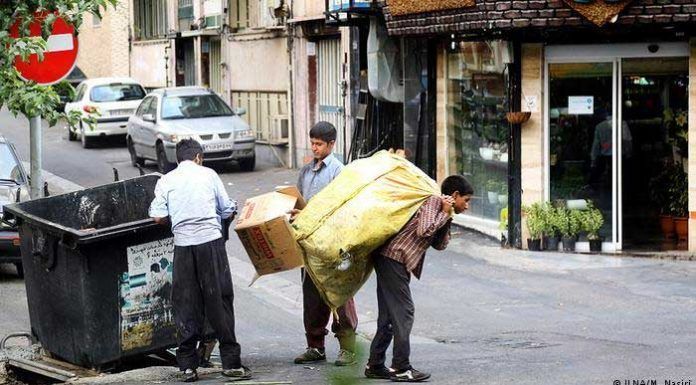Kayhan London – Only five percent of the country’s garbage is properly buried in landfills, and the rest is piled up at dump sites, according to Habib Razi, the head of the Organization for Municipalities and Rural Services’ Urban Coordination Office, which operates under the auspices of Iran’s Interior Ministry.
Speaking at the first meeting of the Urban Water and Waste Management Committee held in the city of Mashhad, capital of the northeastern province of Razavi Khorasan, on October 18, Mr. Razi said: “Greenhouse gases, soil erosion, water contamination, and waste management cost the country nearly $11 billion a year.”
“Only 25 percent of the country’s waste is recycled, and the rest is destined for landfills,” Razi noted. “More than 58,000 tons of garbage are produced in our cities and villages, of which 70 percent is wet waste and the remaining 30 percent is dry waste. Little more than 27 percent of the waste is collected by mechanical means, and 7 percent of the wet and dry rubbish is sorted at the source. A mere 5 percent of the rubbish is buried in an environmentally responsible method.”
Razi explained: “We aim to increase the volume of recycled waste from 25 percent to 80 percent in the next five years. That would then help us to bury only 20 percent of the rubbish instead of the current 75 percent. The critical issue is, however, to increase our capability to mechanically collect trash from 27 percent to 60 percent, and increase the volume of wet and dry waste sorted at source from 7 to 30 percent. Ultimately, the waste that is not recycled must be buried using clean and environmentally friendly methods.”
The city of Mashhad produces close to 2,000 tons of waste a day, close to 11 percent of which is recycled.
Contaminated water and pollution could lead to the spread of tetanus, typhoid, intestinal parasites, bloody diarrhea, polio, and other diseases.
Translated from Persian by Fardine Hamidi


